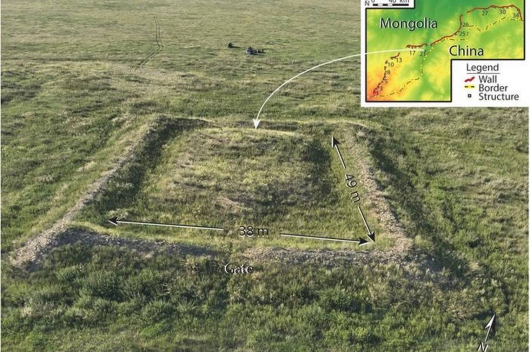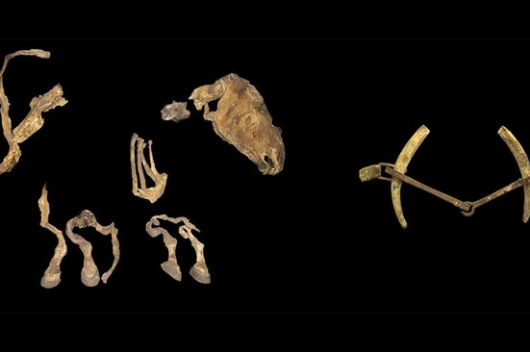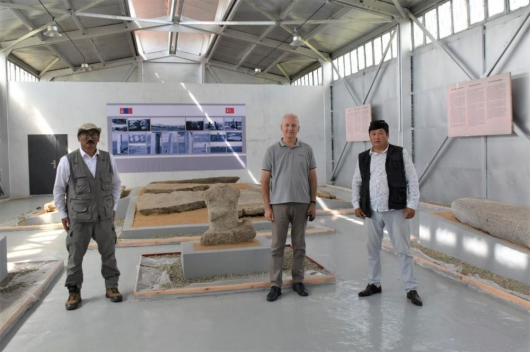A team of researchers from the National Museum of Mongolia has made some rare discoveries in the Uvs, Khuvsgul, Orkhon and Tuv provinces. The finds date back to the Xiongnu, Xianbei and Turkic periods.
The research team started excavations at the site of Airagiin Gozgor in Jargalant soum of Orkhon aimag back in 2014; since then they have documented over 100 tombs at the site and explored 16 of them. The burials found in the graves were similar to the Xianbei burials found in the Inner Mongolia Autonomous Region of China as also were the accompanying items. It was proven that the burials were made in the 3rd century BC and, according to paleoanthropological studies, the human appearances correspond with the Xiongnus and Xianbeis.
The archeological research is highly significant: for the very first time Xianbei remains have been discovered in Mongolia. This can be seen as a major contribution in ancient history studies as it solves hitherto uncertain issues connected to the history of the Xianbei.
The findings will be preserved at the National Museum of Mongolia. Currently, the museum has the Hall of Xiongnu and Turkic periods, and it has been decided to place the findings separately in the halls of Xiongnu, Xianbei and Turkic periods.
Both the Xiongnu and the Xianbei were nomadic proto-Mongolian peoples who were documented during the Han Dynasty (206 BC – 220 AD).
 3,575.44
3,575.44












Related News